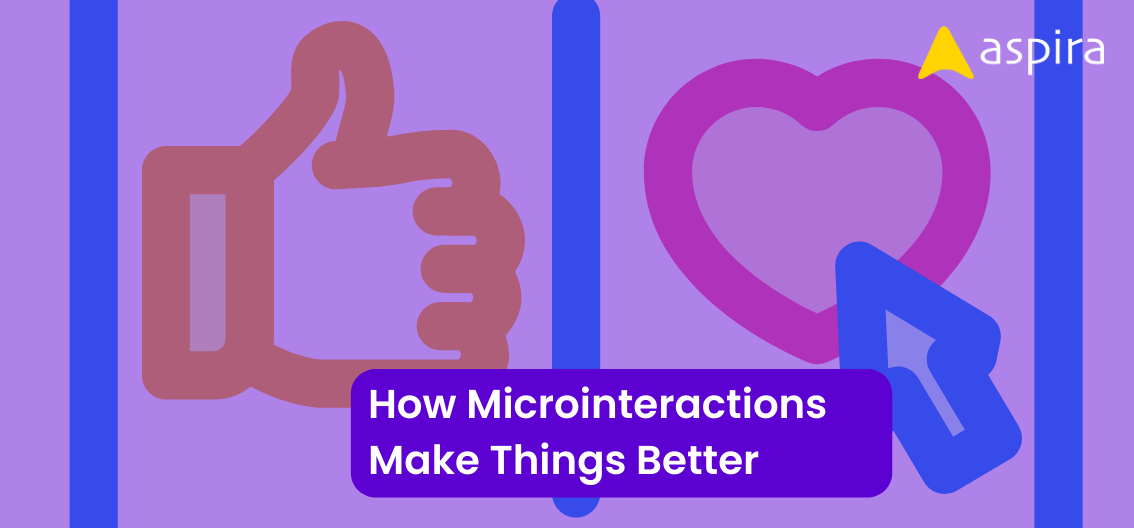UX Design - Mentor & Author.
19 Jun, 2024

The world continues to be dominated by digital experiences, and user experience (UX) design remains a critical factor in the success of any online product or service. But with recent tech industry slowdowns and layoffs, some may wonder if UX design is still a viable career choice in 2024. Let’s explore the present state of UX design, the challenges professionals face, and how recent economic changes affect job opportunities.
The Evolving Landscape of UX Design
The UX design landscape is anything but static. It’s a field that thrives on innovation and adaptation. Here are some key trends shaping the current state of UX design:
- User-Centered Focus: There’s a growing emphasis on user research and empathy. Gone are the days of designing interfaces based on assumptions. Today’s UX designers conduct in-depth research to understand user needs, behaviors, and pain points. This user-centered approach ensures that designs are intuitive, efficient, and cater to the specific requirements of the target audience.
- The Rise of Emerging Technologies: The boundaries of UX design are constantly expanding. The emergence of technologies like augmented reality (AR) and virtual reality (VR) presents exciting new opportunities for UX designers. They can now create immersive experiences that push the boundaries of user interaction.
- Data-Driven Design: Big data is playing an increasingly important role in UX design. By analyzing user data, designers can gain valuable insights into user behavior and preferences. This data can then be used to inform design decisions, ensuring that experiences are not only intuitive but also cater to user needs.
Challenges for Today’s UX Design
Despite the exciting possibilities, UX designers face some significant challenges. Here are two of the most common hurdles:
- Securing Stakeholder Buy-in: One ongoing challenge is convincing stakeholders, such as executives or product managers, of the value of UX design. Sometimes, these individuals may not fully understand the impact of a well-designed user experience on product success. UX designers need to clearly show the value and ROI of their work.
- A Competitive Job Market: The UX design field can be competitive, particularly for entry-level positions. With the increasing popularity of the field, there’s a growing pool of aspiring designers vying for a limited number of roles. To stand out, building a strong portfolio showcasing your skills and experience is crucial. Additionally, staying up-to-date with the latest trends and tools can give you an edge in the competitive job market.
How Recent Layoffs Affected Demand
The recent tech industry slowdown has impacted the UX job market. There has been a decrease in job postings, particularly for junior roles. However, it’s important to understand the context. The drop is likely from a tech sector correction post-pandemic hiring, not reduced demand for UX expertise. Many companies are re-evaluating their priorities and focusing on core functionalities. This can lead to a temporary decrease in hiring for non-essential roles like UX design. However, the long-term outlook for UX designer remains positive.
AI-Assisted Design: What Can AI Do That a Human Can’t?
Artificial intelligence (AI) is making inroads into UX design, offering exciting possibilities. AI tools can automate repetitive tasks such as wireframing and usability testing, freeing up UX designers to focus on other tasks. Additionally, AI can analyze vast amounts of user data to identify patterns and trends, informing data-driven design decisions.
Will AI Replace UX Designers?
While AI can undoubtedly enhance the UX design process, it’s important to remember that AI is a tool, not a replacement for human creativity and empathy. User needs are best understood by human UX designers, who translate them into intuitive designs and refine them through user feedback.
Conclusion
The UX designer field is dynamic and constantly evolving. While recent economic shifts have caused temporary fluctuations in the job market, the long-term demand for skilled UX designers remains strong. As technology continues to advance and user expectations rise, companies will only become more reliant on UX expertise to create seamless and engaging digital experiences.
If you’re passionate about user-centered design and problem-solving skills, UX designer can be a rewarding career path. By staying up-to-date with the latest trends and embracing new tools like AI, you can position yourself for success in this ever-evolving field.


